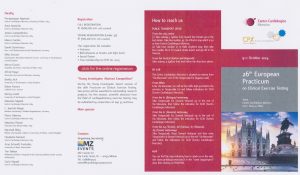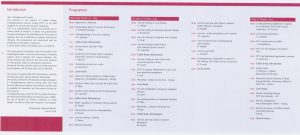Zimmerman D; Department of Pediatrics, Children’s Hospital Los Angeles, California;
Shwayder M; Souza A; Su JA; Votava-Smith J; Wagner-Lees S; Kaneta K; Cheng A; Szmuszkovicz J;
Pediatrics [Pediatrics] 2023 Dec 01; Vol. 152 (6).
Objectives: To assess the prevalence of residual cardiovascular pathology by cardiac MRI (CMR), ambulatory rhythm monitoring, and cardiopulmonary exercise testing (CPET) in patients ∼6 months after multisystem inflammatory disease in children (MIS-C).
Methods: Patients seen for MIS-C follow-up were referred for CMR, ambulatory rhythm monitoring, and CPET ∼6 months after illness. Patients were included if they had ≥1 follow-up study performed by the time of data collection. MIS-C was diagnosed on the basis of the Centers for Disease Control and Prevention criteria. Myocardial injury during acute illness was defined as serum Troponin-I level >0.05 ng/mL or diminished left ventricular systolic function on echocardiogram.
Results: Sixty-nine of 153 patients seen for MIS-C follow-up had ≥1 follow-up cardiac study between October 2020-June 2022. Thirty-seven (54%) had evidence of myocardial injury during acute illness. Of these, 12 of 26 (46%) had ≥1 abnormality on CMR, 4 of 33 (12%) had abnormal ambulatory rhythm monitor results, and 18 of 22 (82%) had reduced functional capacity on CPET. Of the 37 patients without apparent myocardial injury, 11 of 21 (52%) had ≥1 abnormality on CMR, 1 of 24 (4%) had an abnormal ambulatory rhythm monitor result, and 11 of 15 (73%) had reduced functional capacity on CPET. The prevalence of abnormal findings was not statistically significantly different between groups.
Conclusions: The high prevalence of abnormal findings on follow-up cardiac studies and lack of significant difference between patients with and without apparent myocardial injury during hospitalization suggests that all patients treated for MIS-C warrant cardiology follow-up.


